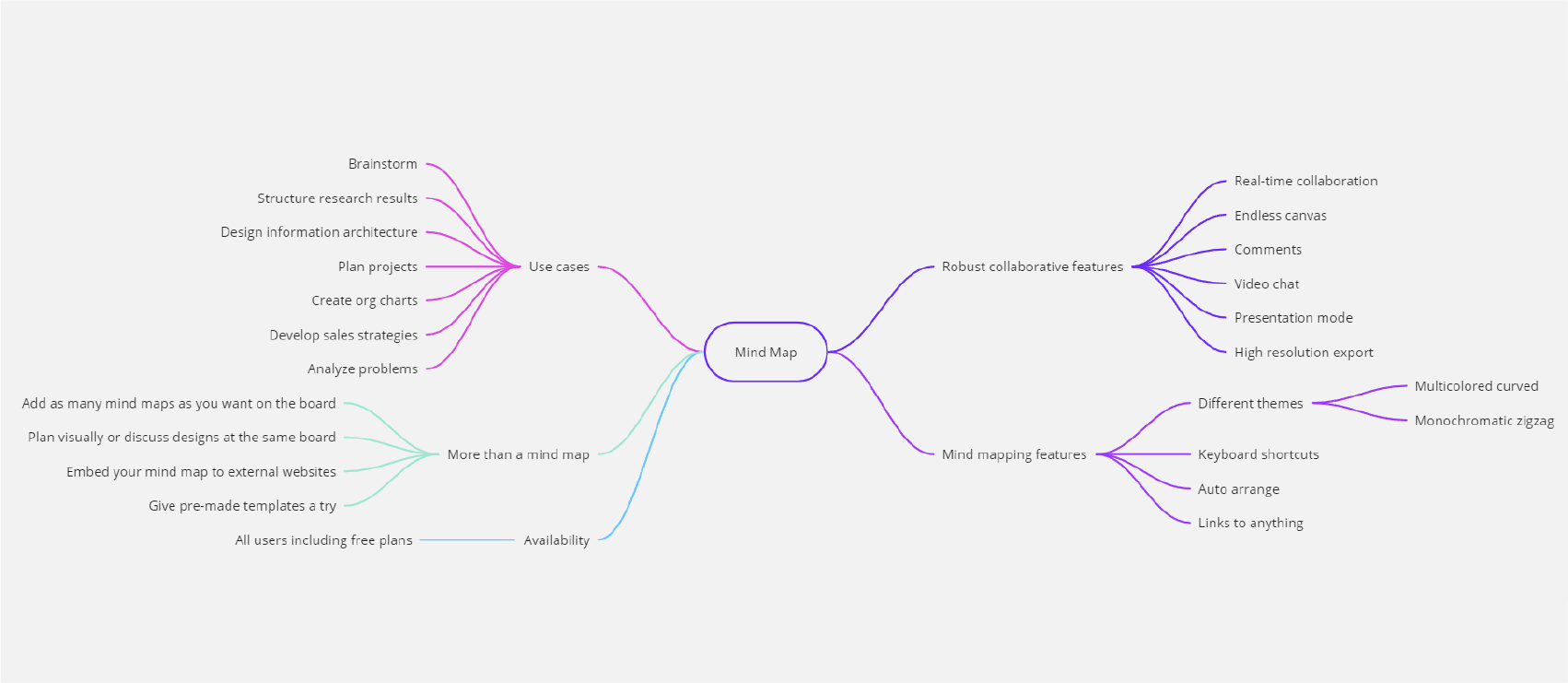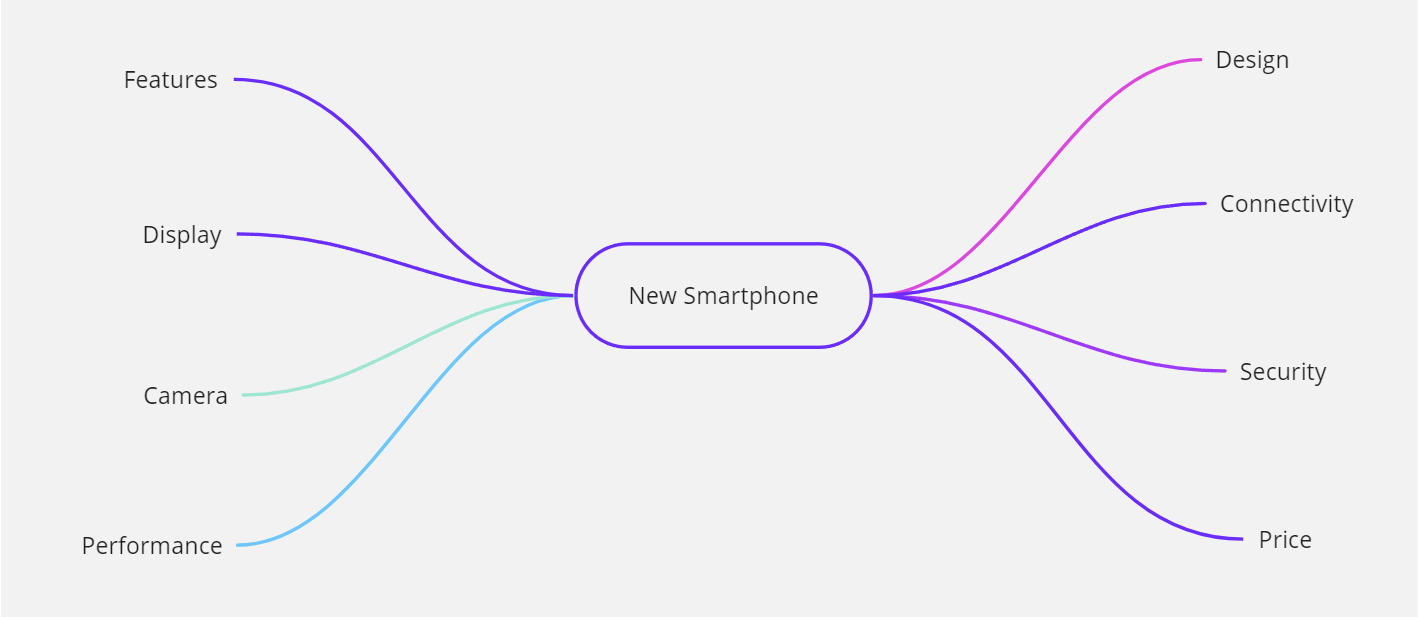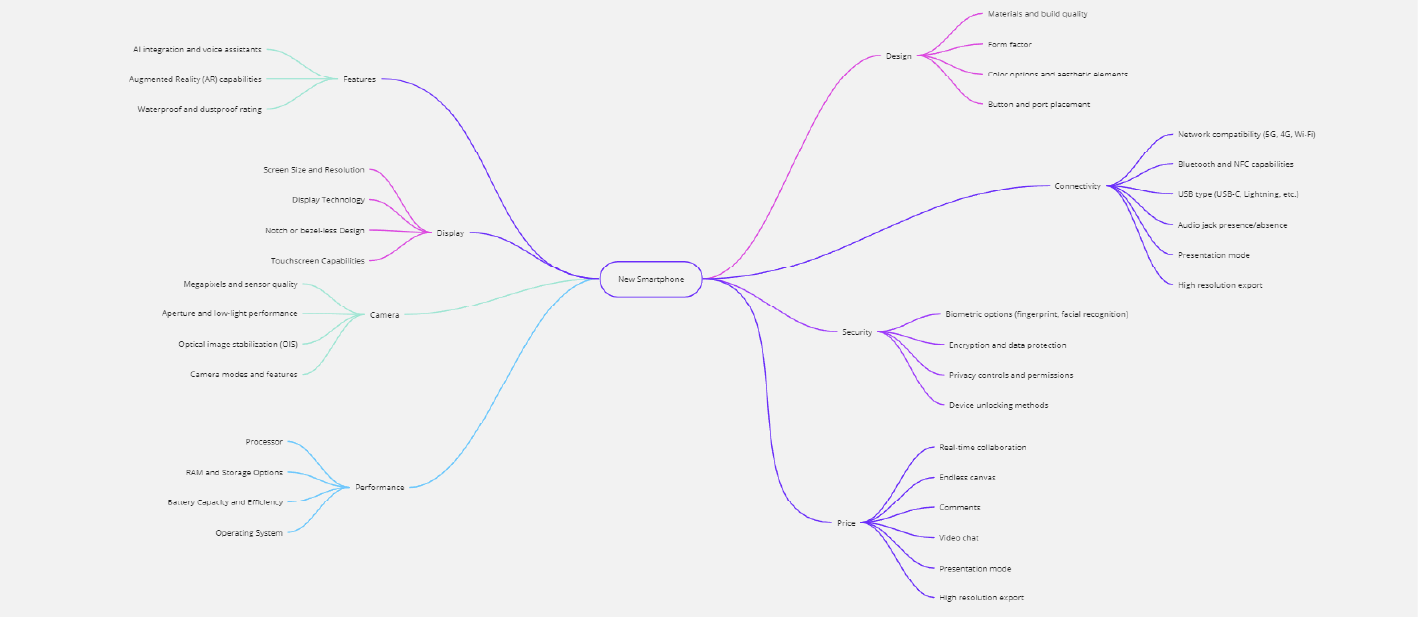Mind Map Brainstorming: Igniting Creative Sparks for Innovative Product Design
Updated on: 02 July 2023 | 5 min read

Introduction
In the world of product design, brainstorming is a fundamental process that sparks creativity and generates innovative ideas. One popular technique used during the brainstorming phase is the mind map brainstorming technique. This article explores what the mind map technique entails, its benefits in the product design process, and provides an illustrative example.
What is a Mind Map?
A mind map is a visual diagram that represents ideas, concepts, and connections in a hierarchical and nonlinear manner. It is structured around a central topic or theme, with branches radiating outwards to represent subtopics or related ideas.
How Does Mind Map Brainstorming Work?
Mind map brainstorming involves creating a visual representation of ideas and associations. It starts with a central idea or problem statement, and participants generate related concepts or solutions by branching out from the central point. The technique encourages free-flowing thinking and allows for the exploration of various possibilities.

Example: Using Mind Map Brainstorming in Product Design
Let's consider an example to illustrate how the mind map brainstorming technique can be applied in the product design process. Imagine a team of designers tasked with developing a new smartphone. They decide to use the mind map technique to generate ideas for features and functionalities.
Start with the Central Idea:
The team begins by placing the main topic, "New Smartphone," at the centre of the mind map.

Generate Subtopics:
From the central idea, the team branches out to create subtopics such as "Display," "Camera," "Performance," "Battery," "Operating System," and "Design."

Explore Subtopics:
Each subtopic is further expanded by adding related ideas or concepts. For example, under "Camera," the team might brainstorm ideas such as "High-resolution camera," "Advanced image stabilization," or "Multiple lens options."

Make Connections:
As ideas are generated, connections and associations between subtopics emerge. For instance, the team might realize that a high-resolution camera requires a powerful processor (linked to "Performance") and a larger battery capacity (linked to "Battery").
Expand Further:
The process continues by exploring each subtopic in more detail, adding additional branches and ideas.
Select Promising Ideas:
After an extensive brainstorming session, the team evaluates and selects the most promising ideas from the mind map for further development.
Benefits of Mind Map Brainstorming in Product Design
The mind map brainstorming technique offers several advantages in the product design process:
Visualization:
The visual nature of mind maps makes it easier to see connections, patterns, and relationships between ideas.
Nonlinear Thinking:
Mind maps encourage nonlinear thinking, allowing for a more expansive exploration of ideas.
Holistic View:
Mind maps provide a holistic view of the problem or design challenge, enabling designers to consider multiple aspects simultaneously.
Collaboration:
Mind map brainstorming promotes collaboration and participation, as team members can contribute ideas in a structured and organized manner.
Idea Generation:
By leveraging the associative nature of the mind map, new ideas and concepts can emerge that may not have been initially apparent.
Conclusion
The mind map brainstorming technique is a powerful tool in the product design process. It enables designers to visualize ideas, explore connections, and generate innovative solutions. By using a mind map, teams can unlock their creativity, foster collaboration, and develop groundbreaking products. So, the next time you embark on a product design journey, consider incorporating the mind map technique to unleash the full potential of your team's creativity.
FAQs (Frequently Asked Questions)
Is the mind map brainstorming technique limited to product design?
No, the mind map technique can be applied to various fields and disciplines, including project management, problem-solving, and strategic planning.
Can I use digital tools to create mind maps?
Yes, there are numerous digital mind mapping tools available that make it easy to create, edit, and share mind maps online.
How many subtopics should I include in a mind map?
The number of subtopics can vary depending on the complexity of the problem or project. It's best to include enough subtopics to cover the key aspects without overwhelming the mind map.
Can I use the mind map technique for individual brainstorming?
Absolutely! Mind mapping can be a valuable technique for individual brainstorming, allowing you to explore ideas and organize your thoughts effectively.
Are there any limitations to using mind map brainstorming?
While mind mapping is a versatile technique, it may not be suitable for every situation. Some individuals may find it challenging to adapt to the nonlinear structure of mind maps, preferring more traditional brainstorming methods.
